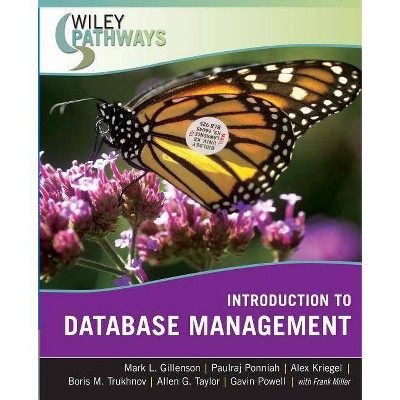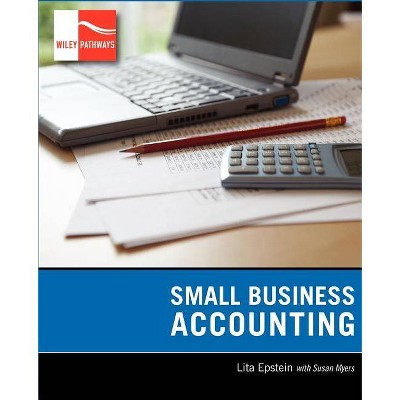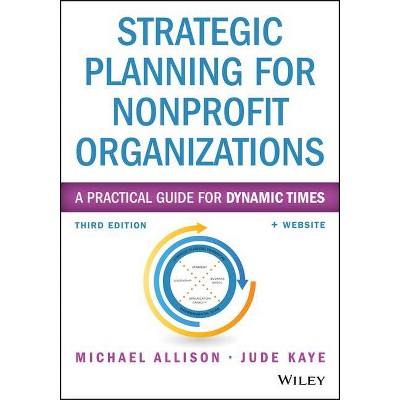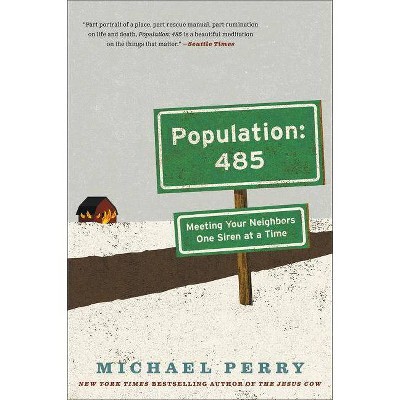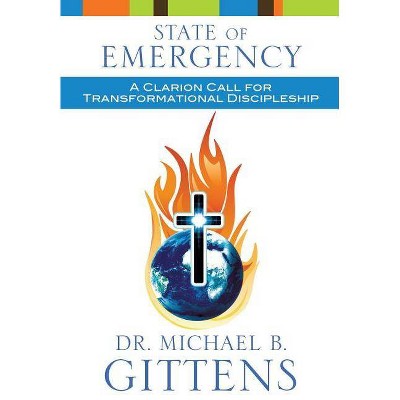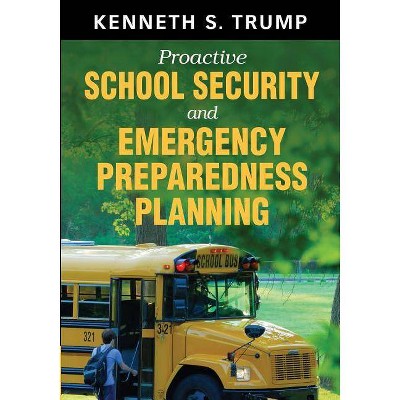Wiley Pathways Emergency Planning - by Ronald W Perry & Michael K Lindell (Paperback)
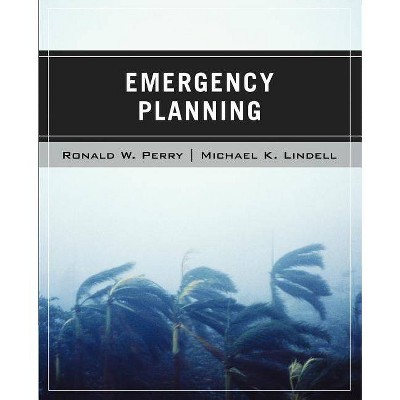
Similar Products
Products of same category from the store
AllProduct info
<p/><br></br><p><b> Book Synopsis </b></p></br></br>In order for a community to be truly prepared to respond to any type of emergency, it must develop effective emergency planning. Emergency Planning guides readers through the steps of developing these plans, offering a number of strategies that will help ensure success. It delves into the patterns of human disaster behavior, social psychology, and communication as well as the basics of generic protective actions, planning concepts, implementation, and action.<p/><br></br><p><b> From the Back Cover </b></p></br></br><b>You <i>can</i> get there</b><br/> <br/> Where do you want to go? You might already be working in the emergency management field, and may be looking to expand your skills. You might be setting out on a new career path. Or, you might want to learn more about exciting opportunities in emergency management.<br/> <br/> Wherever you want to go, <i>Emergency Planning</i> will help you get there. Easy-to-read, practical, and up-to-date, this text not only helps you learn fundamental emergency planning concepts; it also helps you master the core competencies and skills you need to succeed in the classroom and beyond. The book's brief, modular format and variety of built-in learning resources enable you to learn at your own pace and focus your studies.<br/> <br/> <b>With this book, you will be able to: </b> <ul> Understand how emergency planning fits within the field of emergency management. Examine the components of an emergency plan, principles that guide the planning process, and resources that can be used in the planning process. Learn about the impacts of disasters on people's mental and physical health. Assemble an emergency planning team, motivate the team members, and train the team. Learn how people can protect themselves from the impact of different types of disasters. Estimate hazard exposure. Write a professional emergency plan. Implement continuity plans for both the government and businesses. Explore the relationship between emergency planning and mitigation planning. Detect disasters and warn the population of the disaster. Learn the best ways to communicate hazard adjustments to the public. Understand the role of the Emergency Operations Center and the Incident Management System. Balance local needs with federal laws and requirements. Explore opportunities and trends in the profession of emergency planning </ul> <p/> <br/> <b><i>Wiley Pathways</i> helps you achieve your goals<br/> </b><br/> When it comes to learning about emergency management, not everyone is on the same path. But everyone wants to succeed. The new <i>Wiley Pathways</i> series in Emergency Management helps you achieve your goals with its brief, inviting format, clear language, and focus on core competencies and skills.<br/> <br/> The books in this series--<i>Introduction to Emergency Management, Hazard Mitigation and Preparedness</i>, <i>Emergency Planning, Technology in Emergency Management, </i> and <i>Disaster Response and Recovery</i>--offer a coordinated curriculum for learning emergency management. Learn more at www.wiley.com/go/pathways.<p/><br></br><p><b> About the Author </b></p></br></br><b>Ronald W. Perry</b> joined Arizona State University in 1983 as Professor of Public Affairs. He has studied natural and technological hazards and terrorism since 1971. His principal interests are incident management systems, citizen warning behavior, public education and community preparedness. He has published more than a dozen books and many journal articles. Perry currently serves on the Steering Committees of the Phoenix Urban Areas Strategic Initiative and the Phoenix Metropolitan Medical Response System. He also serves on the Arizona Council for Earthquake Safety and on the Fire Chiefs' Advisory Committees for the Arizona Cities of Gilbert, Mesa, Phoenix and Tempe. He holds the Award for Excellence in Emergency Management from the Arizona Emergency Services Association and the Pearce Memorial Award for Contributions to Hazardous Incident Response from the Phoenix Fire Department. He also holds both the Award for Outstanding Environmental Achievement by a Team from the U.S. Environmental Protection Agency and a Certificate of Recognition from Vice President Gore's National Partnership for Reinventing Government. <p><b>Michael K. Lindell</b> is the former Director of the Hazard Reduction & Recovery Center (HRRC) at Texas A&M University and has 30 years of experience in the field of emergency management, conducting research on community adjustment to floods, hurricanes, earthquakes, volcanic eruptions, and releases of radiological and toxic materials. He worked for many years as an emergency preparedness contractor to the U.S. Nuclear Regulatory Commission and has provided technical assistance on radiological emergency preparedness for the International Atomic Energy Agency, the Department of Energy, and nuclear utilities. In addition, he has trained as a Hazardous Materials Specialist at the Michigan Hazardous Materials Training Center and worked on hazardous materials emergency preparedness with state emergency response commissions, local emergency planning committees, and chemical companies. In the past few years, Lindell directed HRRC staff performing hurricane hazard analysis and evacuation planning for the entire Texas Gulf coast. He has made over 120 presentations before scientific societies and short courses for emergency planners, and he has been an invited participant in workshops on risk communication and emergency management in this country and abroad. Lindell has also written extensively on emergency management and is the author of over 120 technical reports and journal articles, as well as five books.</p>
Price History
Cheapest price in the interval: 86.95 on October 27, 2021
Most expensive price in the interval: 86.95 on November 6, 2021
Price Archive shows prices from various stores, lets you see history and find the cheapest. There is no actual sale on the website. For all support, inquiry and suggestion messages communication@pricearchive.us
